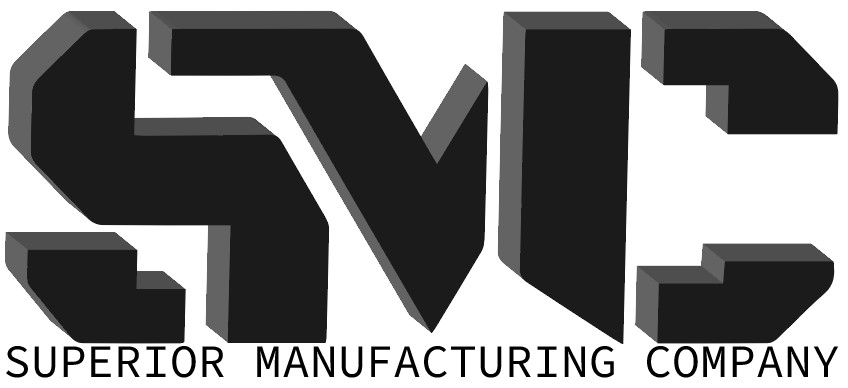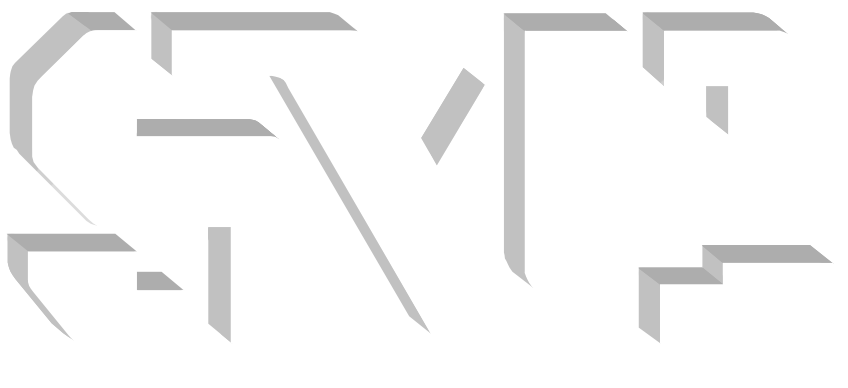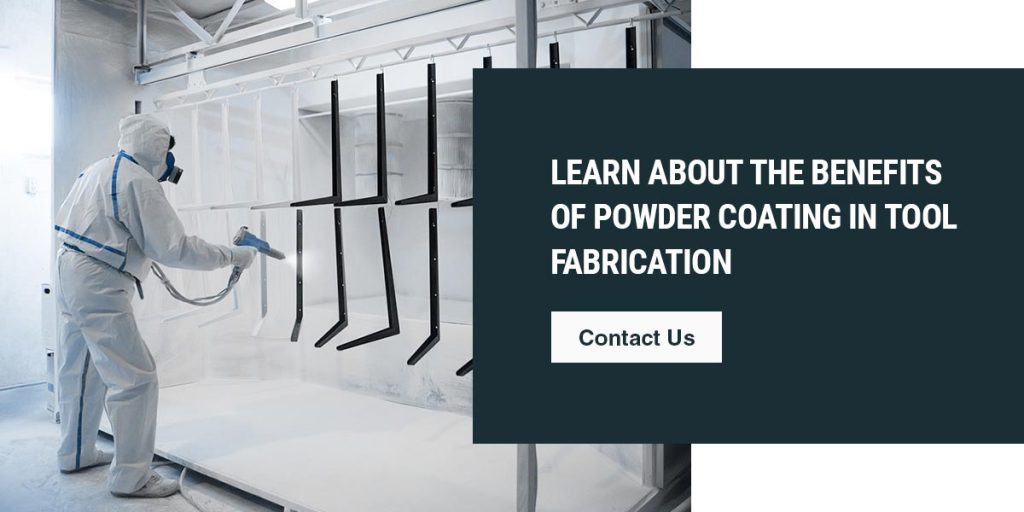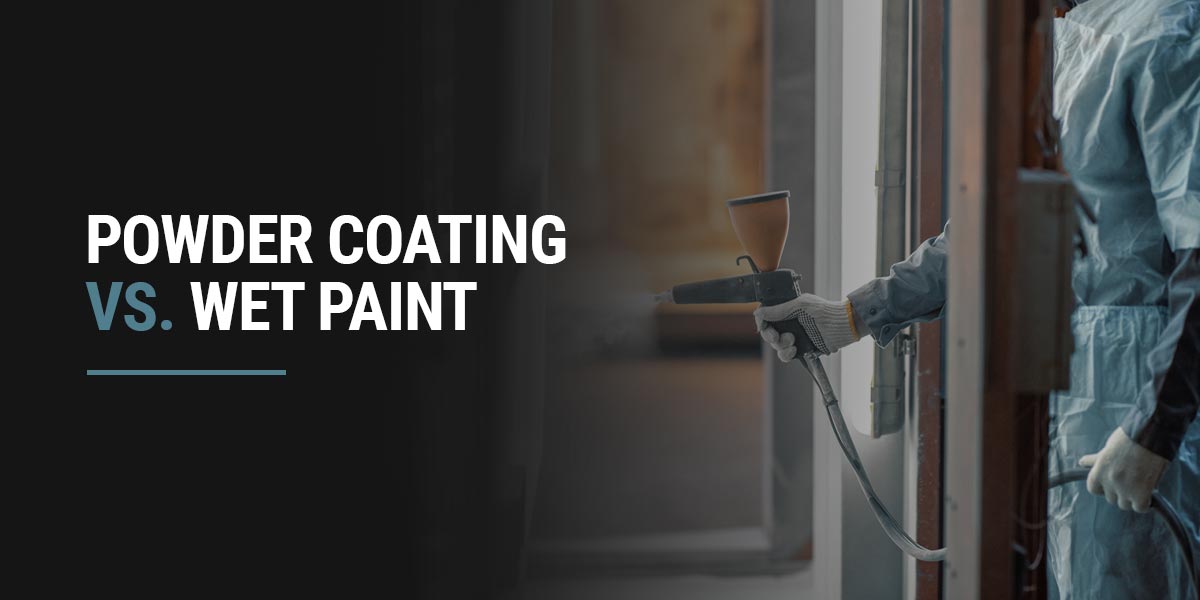
All metal surfaces rust and degrade over time, which is why they require extra protection to ensure long-lasting quality. When finishing metal products and equipment, it’s vital that you use a dependable solution that will deliver the best results.
Powder coating and wet paint are both widely accepted metal finishing processes designed to accomplish the same goal — creating a long-lasting, high-quality finish for metal products. Despite their shared aim, these finishing methods have many key differences between them.
There are many characteristics to consider when comparing powder coating vs. wet paint. This guide will discuss the differences between these common finishes.
What Is the Difference Between Paint and Powder Coating?
Understanding the difference between powder coating and paint helps in choosing the best method for metal finishing needs. Powder coating is a dry process using plastic powders, while wet painting involves liquid solvents. Each method offers unique benefits and application techniques.
Powder Coating
The powder coating process uses plastic powders comprising finely ground particles of colored acrylics, polyester or polyurethane. Unlike wet paint finishing, powder coating is a dry finishing process due to the powder’s nonliquid composition.
The positively charged plastic powder is sprayed onto the negatively charged metal substrate, causing the coating to cling to the surface. Once the powder has coated the metal product to the desired thickness, the substrate is then heated and cured for 10 minutes to create a uniform seal.
Modern manufacturers typically finish metals with one of two types of powder coatings:
- Thermoplastic powder: These powders melt when exposed to high temperatures, allowing individuals to easily heat them to restore coatings on products that require repairs.
- Thermosetting powder: This cost-effective powder hardens under high temperatures to form a durable, permanent finish.
Powder coating offers many significant benefits for metal fabrication compared to wet painting, such as:
- High durability: Stronger than wet paint, it resists rust, corrosion, and damage.
- Low maintenance: Requires only regular washing with soap and water.
- Fast application: Needs just one application with minimal drying time.
- Eco-friendliness: Lacks harmful toxins, producing minimal waste.
- Coating consistency: Ensures smooth, even finishes without application marks.
Wet Paint
Wet paint is a traditional finishing method comprising color particles suspended in a liquid solvent. This paint mixture is fed into a pressurized applicant like a pump or spraying device, which delivers it onto the dry metal surface. You must clean the metal surface of oil and dirt residue before applying the paint. It may take multiple coats of paint to ensure an even finish.
Unlike powder coating, wet paint does not require heating to cure — instead, it evaporates as the substrate dries. However, wet paint must dry for much longer than powder coating, as it can take up to 24 hours for the paint to fully cure.
Like powder coating, wet paint finishing also has numerous advantages for users. These benefits differ greatly from those of powder coating processes:
- Easier color matching: Wet paint is superior for color matching, as powder coatings are harder to mix for accurate colors. Wet paints can be easily mixed to achieve the desired pigment, offering more color options.
- More color options: The ability to mix wet paints also makes them superior in terms of color options. There are much fewer pigments available for powder coatings than there are for wet paints.
- Self-drying: Wet paints dry on their own with no equipment required, making them useful for finishing products that cannot withstand heat treatments.
- Thin coating capabilities: Unlike powder coatings, you can apply wet paint in thin layers.
- Accessibility: The wet paint process is much more accessible than powder coating because it doesn’t require expensive, high-tech equipment to perform.
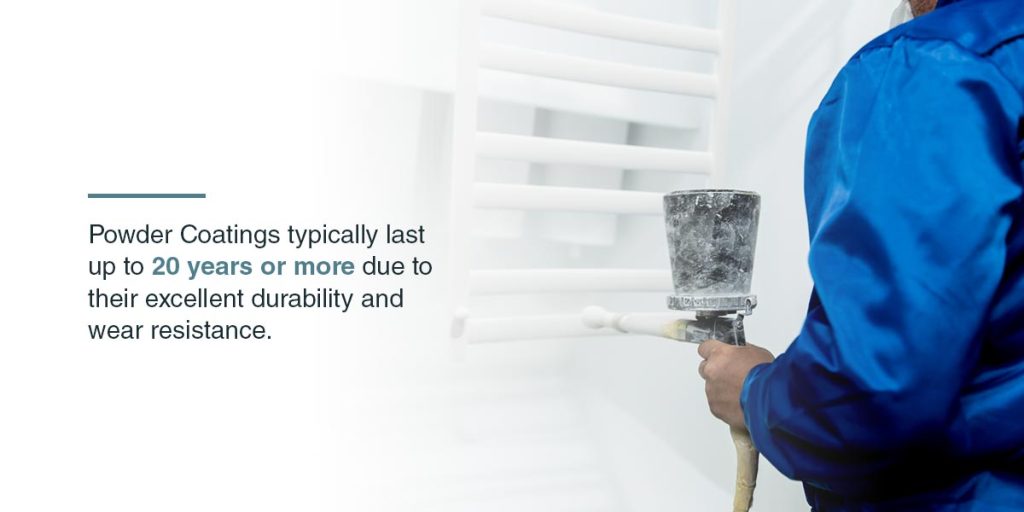
Does Powder Coating Last Longer Than Paint?
How long powder coatings last depends on factors like the type of powder, preparation quality and environmental conditions. However, these finishes typically last up to 20 years or more due to their excellent durability and wear resistance. Because powder coatings are much stronger than wet paints and have greater damage resistance, they last much longer.
Can You Tell the Difference Between Paint and Powder Coat?
In most cases, it’s possible to differentiate between powder coatings and paint. Powder coats have distinct physical and visual properties that set them apart from wet paint coatings. First, powder has a more noticeable texture than liquid paint and appears more rounded at the edges, making it easy to identify visually.
You can also use a thickness gauge to measure the density of the film. Standard liquid coatings usually range from 0.5 to 1.5 thousandths of an inch (mils), while powder coatings are much thicker at 1.5 to 4 mils.
Another way to differentiate powder from liquid is to apply an aggressive stripping solution to the finish and observe the results. Most wet paints will break down quickly, while powder will take much longer to erode due to its chemical resistance.
Is Powder Coating More Expensive Than Painting?
The powder coating process varies in cost, depending on the number of items needing coating during production. The larger the object you want to coat and the more items in your batch, the more you can expect to pay.
Though powder coating is generally more expensive than wet painting, it is considerably more cost-effective. That’s because this process produces less waste and requires less time and labor due to its high process efficiency. Powder coatings also last much longer than paint coatings, meaning you don’t have to reapply them as often.
Learn About the Benefits of Powder Coating in Tool Fabrication
You can invest in high-quality fabricated metal products for your customers at Superior Manufacturing Company. We’ve spent over 75 years providing our customers with manufacturing solutions that set the standard for quality, cost and delivery. Our advanced engineering capabilities also allow us to develop custom metal parts designed with your unique specifications in mind. Whatever your needs, we have the superior technologies and production capabilities needed to deliver.
Contact us to get in touch with our experts, or learn about the difference between soft and hard tooling to decide whether powder coating would be a good fit for your project!
